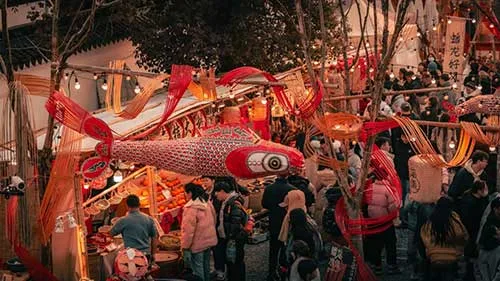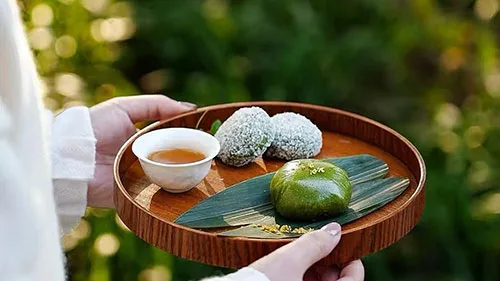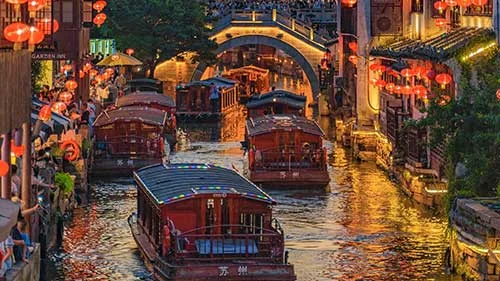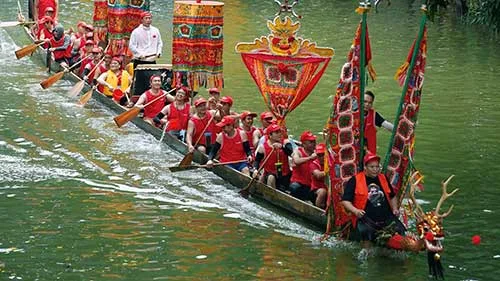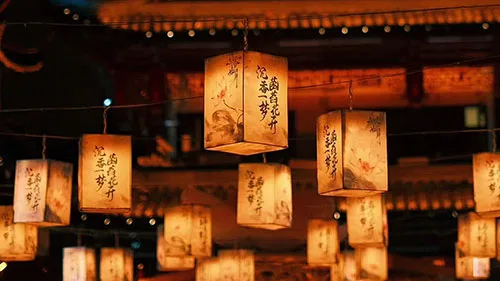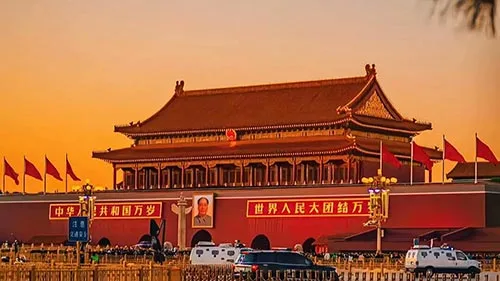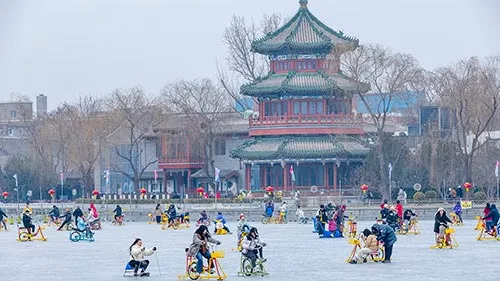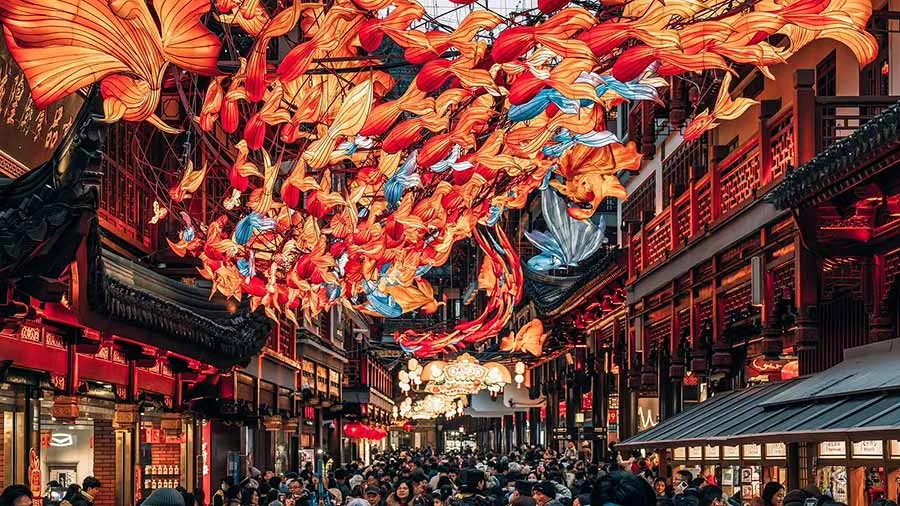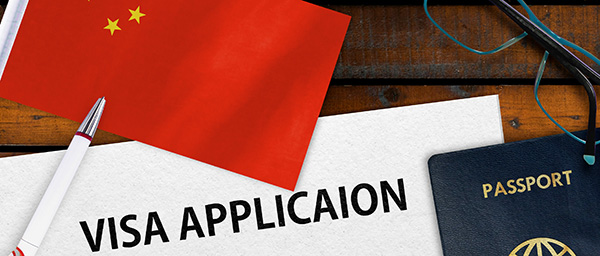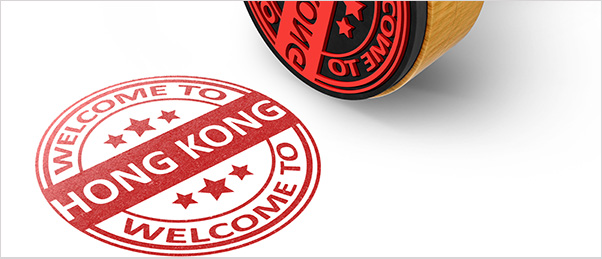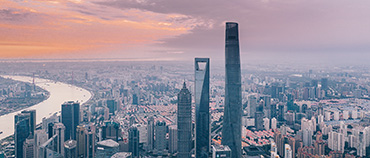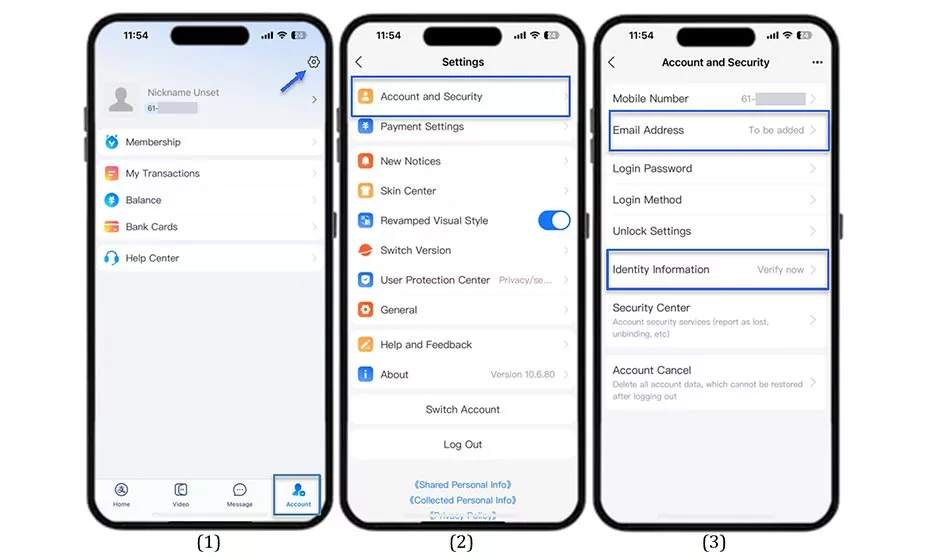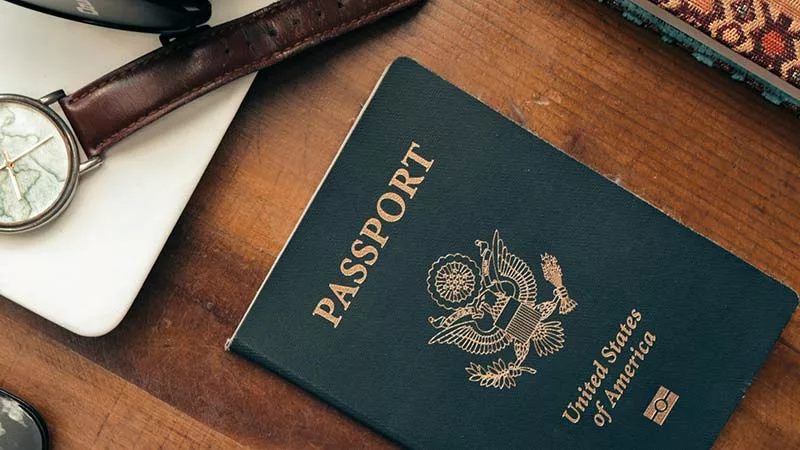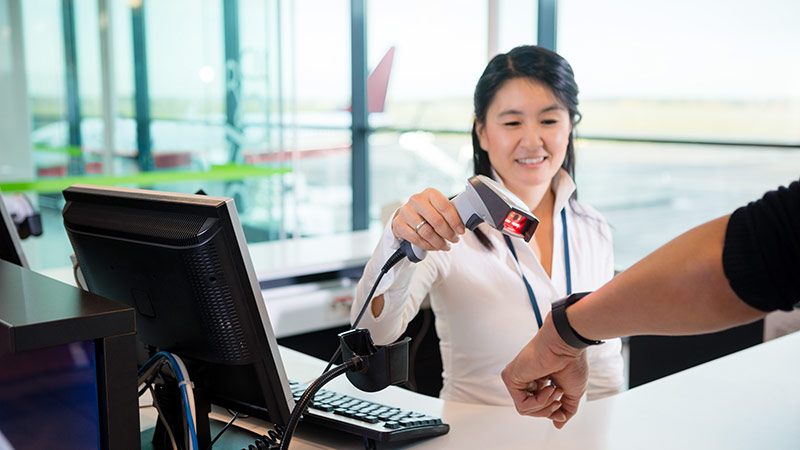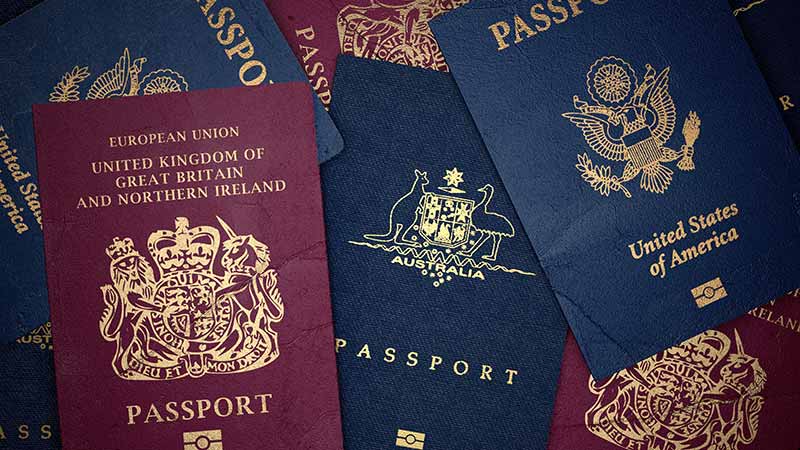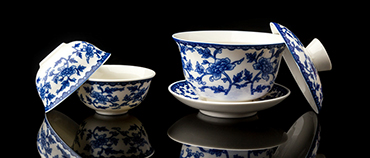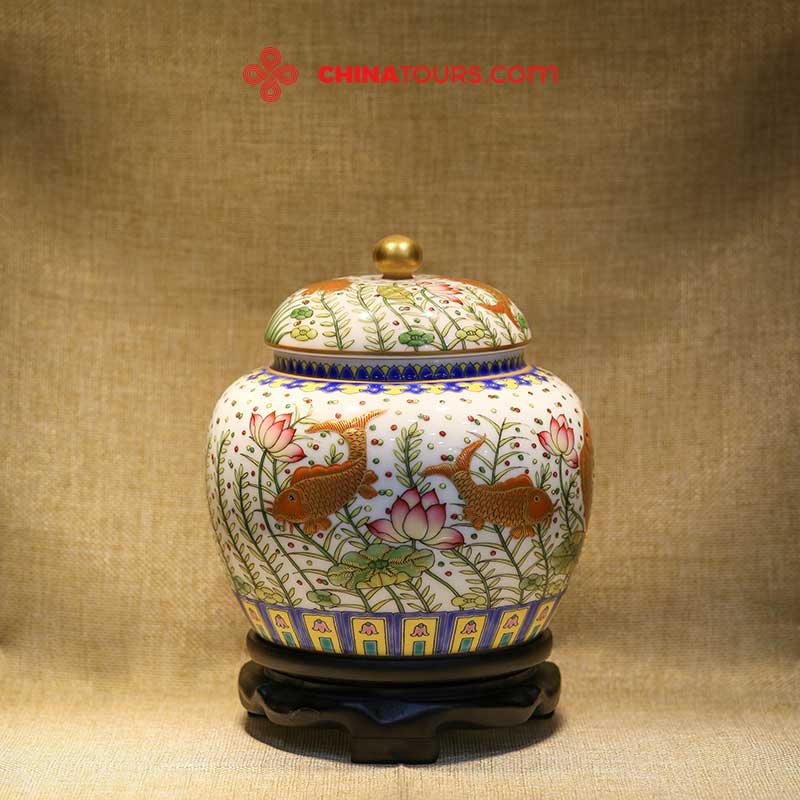
This article will recommend the best cities to visit in China and their unique highlights by month, helping you easily discover the top travel destinations for each month and plan an unforgettable, personalized journey across China.
| Month | Destination Cities | Highlights |
|---|---|---|
| January | Harbin (Heilongjiang) | Step into a winter wonderland at the Harbin International Ice and Snow Festival, where dazzling ice sculptures light up the city. Embrace the snowy fun with skiing and sledding in Yabuli, or soak up fairy-tale charm in China Snow Town. |
| Hainan | Escape to tropical paradise with sunny beaches, relaxing hot springs, and crystal-clear waters perfect for swimming and water sports. Don’t miss a walk through the lush rainforests for a touch of island adventure. | |
| Yanji (Jilin) | Discover snowy mountain views and vibrant winter markets in Yanji, where you can enjoy skiing and explore the unique blend of Korean-Chinese culture in this charming border city. | |
| Xishuangbanna (Yunnan) | Enjoy tropical warmth in winter as you explore lush rainforests, meet gentle giants in Wild Elephant Valley, and experience the colorful traditions of the Dai ethnic culture. | |
| February | Beijing | Experience the magic of the Spring Festival Temple Fairs, and marvel at iconic landmarks like the Forbidden City, Great Wall, and Summer Palace, especially stunning with a dusting of snow. Warm up with hearty winter comfort foods like hotpot and dumplings. |
| Xi’an (Shaanxi) | Celebrate the City Wall Lantern Festival with glowing displays and festive cheer. Explore world-class historical sites like the Terracotta Army, and treat your taste buds to Xi’an’s world-famous street food. | |
| Chaozhou & Shantou (Guangdong) | Immerse yourself in the lively Lunar New Year celebrations, explore the rich history of these charming cities, and indulge in a food lover’s paradise with delicious local dishes like Chaozhou-style dumplings and Shantou seafood. | |
| Luoping (Yunnan) | Visit the breathtaking golden canola flower fields during the International Canola Flower Festival, explore the stunning Jinji Peaks, and marvel at the beauty of Jiulong Waterfalls in this picturesque part of Yunnan. | |
| March | Hangzhou (Zhejiang) | Enjoy the serene spring scenery of West Lake, stroll through Taiziwan Park to see cherry blossoms in full bloom, visit the lush Longjing tea plantations, and explore the cultural treasures of Lingyin Temple and Feilai Peak. |
| Nyingchi (Tibet) | Celebrate the vibrant Peach Blossom Festival, marvel at the breathtaking Yarlung Tsangpo Grand Canyon, trek the majestic Mount Namcha Barwa, and enjoy the tranquil beauty of Basum Lake. | |
| Suzhou (Jiangsu) | Stroll through Suzhou’s classical gardens in full bloom, take a scenic boat ride along the canals and water towns, wander ancient streets, and visit the famous Tiger Hill for a glimpse of the city’s rich history. | |
| April | Shanxi | Explore the awe-inspiring Yungang Grottoes, hike Mount Wutai, marvel at the Hanging Temple (Xuankong Si), feel the power of Hukou Waterfall, and step back in time in the ancient city of Pingyao. |
| Bijie (Guizhou) | Discover the vibrant Baili Azalea Nature Reserve, explore the stunning Zhijin Cave, enjoy the peaceful Caohai Nature Reserve, and immerse yourself in the culture of ethnic villages and scenic terraces. | |
| Luoyang (Henan) | Celebrate the stunning Luoyang Peony Festival, visit the historic Shaolin Temple, admire the ancient Longmen Grottoes, and savor the unique flavors of the traditional Luoyang Water Banquet. | |
| Guilin & Yangshuo (Guangxi) | Embark on a scenic Li River cruise, enjoy bamboo rafting, marvel at the Longji Rice Terraces, experience traditional cormorant fishing, and take in the enchanting misty landscapes. | |
| May | Zhangjiajie (Hunan) | Explore the iconic Zhangjiajie National Forest Park, ride the world’s longest cable car up Tianmen Mountain, discover the UNESCO-listed Wulingyuan Scenic Area, and enjoy a peaceful boat ride on Baofeng Lake. |
| Shangri-La (Yunnan) | Admire vibrant wildflowers and green meadows with snow-capped mountains in the distance, explore the Songzanlin Monastery, wander through Potatso National Park and Napa Lake, trek the Shika Snow Mountain, and enjoy birdwatching and hiking in this serene paradise. | |
| Leishan (Guizhou) | Experience the vibrant culture of Xijiang Qianhu Miao Village with a traditional Miao welcome ceremony, enjoy a lively lusheng dance and evening gala, feast at a long table banquet, and stroll through a lantern-lit village with night markets, music, and bars. | |
| June | Foshan (Guangdong) | Catch the thrilling Dragon Boat Races, experience Lingnan Tiandi and captivating Kung Fu shows, explore the historic Zumiao Temple and Qinghui Garden, hike Xiqiao Mountain, and savor the flavors of Shunde cuisine. |
| Chengdu (Sichuan) | Visit the adorable pandas at the Panda Base, wander through the charming Kuanzhai Alley and Jinli, explore the Wuhou Shrine, hike Qingcheng Mountain, marvel at the ancient Dujiangyan irrigation system, discover Jiuzhaigou’s stunning landscapes, and see the majestic Leshan Buddha. Celebrate the Dragon Boat Festival and indulge in mouth-watering Sichuan cuisine. | |
| Qinghai | Marvel at the stunning Qinghai Lake and Bird Island, visit the sparkling Chaka Salt Lake, explore the vibrant culture of Xining, and enjoy the expansive beauty of the grasslands. | |
| Xiamen (Fujian) | Celebrate the colorful Phoenix Flower Festival, relax on Gulangyu Island, cycle along the coast, explore seaside parks, and immerse yourself in the arts and food hub of Zeng Cuo An. Don’t miss the lively night markets and fresh seafood. | |
| July | Guiyang & Anshun (Guizhou) | Marvel at the stunning Huangguoshu Waterfall at its peak flow, explore the mysterious Dragon Palace Cave, hike Qianling Mountain Park (home to playful monkeys – please avoid direct contact), stroll through the charming Qingyan Ancient Town, and savor delicious local cuisine. |
| Jiuzhaigou (Sichuan) | Discover Jiuzhaigou’s natural beauty as a summer resort, with the stunning Five Flower Lake, Wuhua Lake, and Five-Colored Pond. Admire the majestic Nuorilang Waterfall and enjoy peaceful walks on boardwalks and scenic forest hikes. | |
| August | Qingdao (Shandong) | Join the excitement of the Qingdao International Beer Festival, Asia’s largest beer carnival, relax on beautiful beaches, hike Laoshan Mountain, visit the iconic Zhanqiao Pier, and indulge in delicious food and vibrant nightlife. |
| Dunhuang & Zhangye (Gansu) | Admire the ancient Mogao Caves, explore the Singing Sand Dunes, visit the enchanting Crescent Lake, marvel at the colorful Danxia Rainbow Mountains, wander through the Qilian rapeseed flower fields, and discover the historical Jiayuguan Pass. | |
| Hulunbuir Grassland (Inner Mongolia) | Experience the vibrant Naadam Festival with horse racing, wrestling, archery, bonfires, and folk music. Explore the vast Hulunbuir Grassland with horseback riding, hiking, boating, nature walks, and stay in traditional yurts. | |
| September | Xinjiang | Northern Xinjiang: Enjoy golden autumn forests, visit the stunning Kanas Lake and Hemu Village, embark on scenic road trips, and capture breathtaking photography at Sayram Lake and Narat Grassland. Southern Xinjiang: Explore the Kashgar Old City, visit the impressive Id Kah Mosque, shop at the Sunday Market and Hotan Jade Bazaar, savor delicious Uyghur cuisine, and wander through lively night markets and orchards. |
| Huangshan (Anhui) | Explore the majestic Mount Huangshan, visit the ancient villages of Hongcun and Xidi, and climb the serene Jiuhua Mountain. Experience local harvest fairs and vibrant lantern festivals that showcase the region’s rich culture. | |
| Chongqing | Cruise along the stunning Three Gorges on the Yangtze River, indulge in the city’s famous hotpot and delicious street food, explore bustling night markets, and visit iconic spots like Jiefangbei, Hongya Cave and the Liziba light rail station. | |
| October | Shanghai | Enjoy the delicious hairy crab season, celebrate the Chrysanthemum Festival, take a scenic river cruise, shop along Nanjing Road, explore the historic Old Town, visit the beautiful Yu Garden, and wander the charming Zhujiajiao water town. |
| Western Sichuan | Discover the stunning beauty of Daocheng Yading and Huanglong, trek the majestic Siguiang Mountain, explore the picturesque Miyaluo, and visit the serene Xinduqiao and Mugecuo for breathtaking landscapes. | |
| Ningxia | Experience the Wine & Grape Harvest with vineyard tours of the grape picking, and the wine tasting. Enjoy the thrilling desert adventures like sandboarding and sand sledding, camel trekking, and dune buggies in the Tengger Desert, and camping under the stars. Explore the Western Xia Tombs, Helan Mountain rock art, and the golden reeds of Shahu Lake. Immerse yourself in the Yellow River Cultural Festival, autumn harvest fairs, and savor the unique flavors of Hui food and folk arts. | |
| November | Nanjing (Jiangsu) | Marvel at the autumn scenery with golden ginkgoes and fiery maples, explore the historic Purple Mountain and Qixia Mountain, attend the vibrant Nanjing Cultural Tourism Festival, and savor delicious local street food. |
| Lijiang (Yunnan) | Wander through the charming Lijiang Old Town, visit the historic Mufu Mansion, immerse yourself in Naxi culture, taste the local cuisine, explore the majestic Jade Dragon Snow Mountain, and enjoy the beautiful view of Blue Moon Valley. | |
| Tengchong (Yunnan) | Explore the picturesque Ginkgo Village, relax in the hot springs and geothermal areas, visit the Beihai Wetland, admire Ming and Qing architecture, and discover local museums. Don’t miss the stunning Cherry Blossom Valley in spring. | |
| December | Jiangxi | Admire the Sea of Clouds and rime at Mount Lu, visit the largest freshwater lake in China, Poyang Lake, a birdwatching paradise, explore the ancient ceramic city of Jingdezhen, and learn the history of Tengwang Pavilion. |
| Jilin | Witness the stunning rime scenery at Wusong Island and Songhua River, attend the Chagan Lake Winter Fishing Festival, explore Changbai Mountain Ice & Snow World, and immerse yourself in Northeast folk customs and cuisine. |
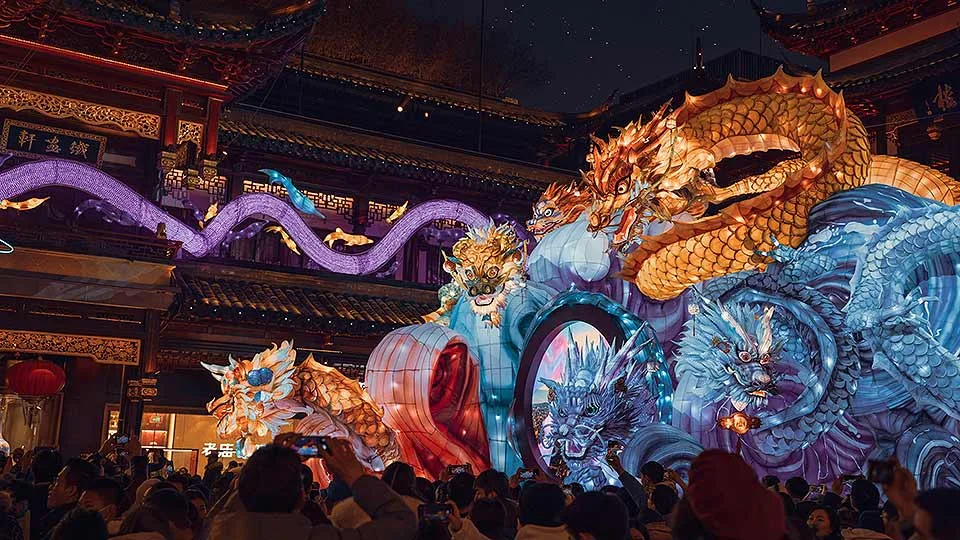
If you’re planning a trip to China, you’ll discover an exciting calendar of major events and exhibitions throughout the year. From cultural festivals to world-class trade shows and cutting-edge tech expos, every season offers unique experiences across the country’s vibrant cities. Whether you’re interested in tradition, innovation, art, or global business, China’s diverse events will immerse you in its dynamic energy and rich culture-making every visit fresh and memorable.
| Month | Event Name | Location | Key Details |
|---|---|---|---|
| January | Harbin Ice & Snow Festival | Harbin (Heilongjiang) | Asia’s largest ice festival, featuring Ice and Snow World, Sun Island snow sculptures, and ice lantern displays. |
| Yu Garden Lantern Festival | Shanghai | Traditional lantern displays with themes from Chinese mythology and pop culture. | |
| March | Formula 1 Chinese Grand Prix | Shanghai | Formula 1 race at Shanghai International Circuit, part of the global F1 calendar. |
| April | Canton Fair (Spring Session) | Guangzhou | China Import & Export Fair is the world’s largest trade fair, showcasing electronics, machinery, and consumer goods. |
| The International Automotive Industry Exhibition | Shanghai/Beijing | Asia’s largest auto show, featuring global car brands and new energy vehicles. (Held in Shanghai in odd years and Beijing in even years each April.) | |
| Weifang International Kite Festival | Weifang (Shandong) | Celebrates kite culture with competitions, displays, and cultural performances. | |
| May | China Beauty Expo | Shanghai | Asia’s largest B2B beauty industry event, featuring cosmetics, skincare, and wellness products. |
| June | Shanghai International Film Festival | Shanghai | Premier film festival with global screenings, Golden Goblet Awards, and industry forums. |
| Guangzhou International Lighting Exhibition | Guangzhou | Asia’s largest lighting industry event, covering smart lighting and LED technologies. | |
| August | ChinaJoy | Shanghai | Asia’s largest gaming and digital entertainment expo, featuring e-sports, cosplay, and tech innovations. |
| October | Canton Fair (Autumn Session) | Guangzhou | Autumn edition of the Canton Fair, focusing on home decor, gifts, and textiles. |
| November | China International Import Expo (CIIE) | Shanghai | Global platform for trade in goods/services, featuring innovations in tech, healthcare, and consumer products. |
| Art021 Shanghai Contemporary Art Fair | Shanghai | Premier art fair showcasing contemporary works from global galleries. | |
| The China Hi-Tech Fair (CHTF) | Shenzhen (Guangdong) | China’s premier tech expo, showcasing innovations like AI, robotics, and green energy to a global audience. |





